Top 6 Retail Trends & Supply Chain Planning Challenges in 2023
Logistics Viewpoints
JUNE 1, 2023
The Russian invasion of Ukraine and the following economic sanctions spiked energy prices and created new sourcing challenges for certain agricultural products and raw materials. This means they are more likely to focus on value and affordability and change their priorities and brand preferences when making purchases.

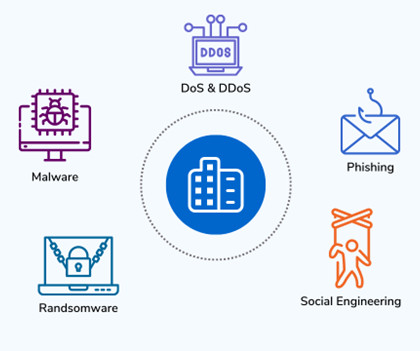
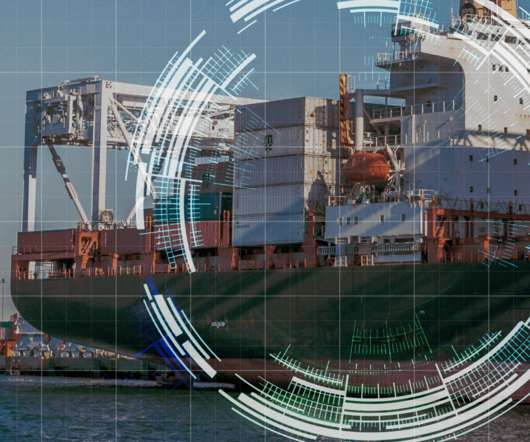
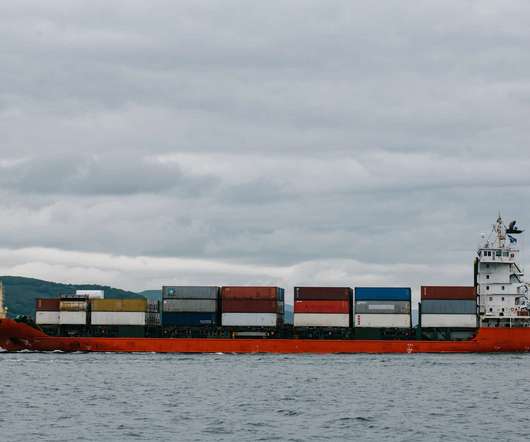

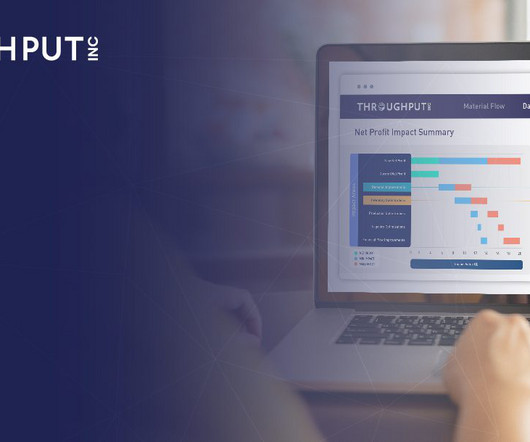
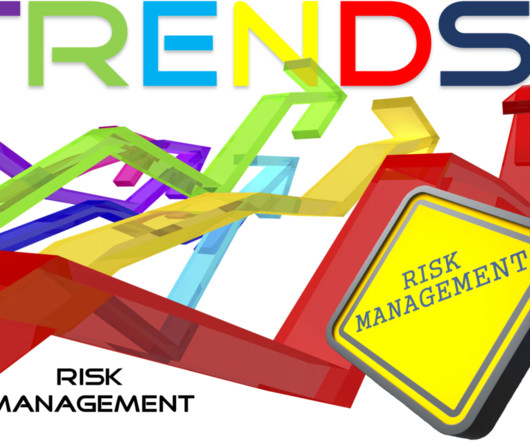











Let's personalize your content